Description
Unlike other gates Gatey Watey enables you to zero in on precisely the frequency range you want attenuate without the hit-or-miss tweaking of complicated controls yielding excellent results regardless of your skill level. Instead of the wibbly-wobbly timey-wimey stuff that traditional gates chatter on about Gatey Watey lets you select the frequencies you want to attenuate for a smooth and natural sound. If you want to shorten cymbal tails without losing the resonance of the kit quiet singing toms without choking them or tame the fizz but keep the fuzz on distorted guitars Gatey Watey will give you the closure you need to move on and mix. Gatey Watey is a forward-thinking resource-friendly plug-in that not only eliminates the guesswork typical of complicated gates but also the steep learning curve as well. Gatey Watey is how a gate should work especially if you want to breeze through the tedious housekeeping processes of noise cleanup and track preparation and focus on creativity.
Gatey WateyCracking the Code
The reasons for using gates have never gone away: singing toms too much metal-work on a drum kit bleed in kick and snare that makes processing troublesome at best and we havent even gotten to guitars. Gating is a key element for increasing dynamic range and bringing out the punch and focus of drums in a dense mix. And yes gates come standard in all DAWs but how often do you actually use them? And wouldnt you prefer a gate that works without all the histrionics (and hysteresis)? In order to increase appeal gate plug-ins have some complicated and downright incomprehensible controls yet they still operate on the same principle as analog gates from the days of yore (with names like Kepex). Some argue that gates are outdated technology in the face of powerful DAW editing. For example theres that clip gain trick used in place of gating which requires you cut regions say between tom fills and reduce the gain of the clip by around -14dB to maintain a natural sound. If you dont have an intern (studio slang for slave) to do it for you youll want something that gets the tedium out of the way. The real question is whether you want to focus on mixing or spend hours cutting spaces between every snare kick and tom hit? And what if you have cymbal or hi-hat bleed you want to get rid of? Thats near impossible to edit. Again wouldnt you rather have a gate that does all that for you in a fraction of the time? Of course you would.
Transient ischemic attack
Even gate plug-ins as fast as they are have the same problem with transients as their analog ancestors. One clever workaround in DAWs is to copy the track you wish to add gating to offset it slightly ahead of the track to be processed and send a sidechain signal from the offset track to the gated track. The offset track opens the gate slightly ahead of the gated track so that transients will pass unmolested. Clever yes? Well not really when Gatey Watey will do that for you with its look-ahead feature. Boz Fun Fact: In the days of recording to tape gates were used on drums as part of the tracking process. It took a bit of expertise to set the hold and release functions to have the gate close smoothly but transients were another problem altogether. Since audio signal crossing a threshold opened the gate a certain amount of transient information was lost which was further exacerbated by analog tapes tendency to soften transients. To preserve as much of the attack as possible some devilishly clever engineers came up with an analog look-ahead scheme which involved placing two microphones on each drum; one mic close to the drum that opened a gate key input (which wasnt heard) and a second mic farther back to capture the sound of the drum. The few-millisecond delay of the transients hitting the second mic after the first one opened the gate allowed the transients to be captured entirely.
Chatter below decks
Another issue that comes with setting a gate is known as gate chatter which occurs when audio signal fluctuates above and below the threshold at the tail end of its decay. The gate opens and closes rapidly causing a stuttering effect. Standard gates have a hysteresis control to deal with that. Yet another parameter that has to be tweaked to sound natural hysteresis keeps the gate open by a fixed amount below the threshold allowing the sound to die out without shutting the gate. Youll find this control on SSL and Neve consoles but not on Gatey Watey. Due to its operating principle gate chatter is simply not an issue.
Gatey Watey controls
Gatey Watey has three mode buttons: high-pass low pass and normal gate operation (should you need it). Below these buttons is a frequency slider ranging from 20Hz to 12kHz which lights red and blue above and below the slider position (and depending on which mode you select). Below the frequency slider are Range which determines how many dB the gate will attenuate; Attack which sets how quickly the gate will respond (0ms 200ms); Release which determines how fast or slow the gate will close (25ms 500ms) and Lookahead which ranges from 0ms to 50ms. The Threshold slider on Gatey Wateys left side also lights red and blue coinciding with the frequency slider and mode so you can see whats happening graphically. And finally a bypass button lives on the right side of the GUI.
Why Gatey Watey when there are so many gateseven ones for free?
As we briefly touched on in the beginning Gatey Watey has one feature that sets it apart and makes it a must-have for anyone who has struggled with gating: frequency-selective attenuation. To put it simply when the input drops below the threshold Gatey Watey will attenuate only the high frequencies or only the low frequencies based on selected mode switch and your selected crossover point. That ability makes Gatey Watey extremely powerful when it comes to gating drums electric guitars or pretty much anything that requires a gate. For example if you want to cut the hi-hat bleed from a snare without killing the ring of the snare better call Gatey Watey (sorry Saul this is out of your league). Do you want your distorted guitars to ring out without electrical hum from fluorescent bulbs or neon lamps blaring through your pickups? Gatey Watey to the rescue. You can even use two instances of Gatey Watey if youd like to gate specific high and low frequencies simultaneously. Even in normal gating situations Gatey Watey excels. You just tell it what to turn down and how much to turn down and Gatey Watey takes it from there. On the other hand if you get stuck in 1969 without a TARDIS youll just have to wait it out until Boz invents Gatey Watey (and dont point your timey-wimey detector at a chicken . . . its not pretty when they blow.)
Features:
- Frequency selective gating
- Simple Interface
- No Learning Curve
- Frequency-selective gating
- Look-ahead preserves transients
- No gate chatter
Requirements:
| Platform | CPU | RAM | Disk | Notes | Additional Requirement | Audio Card | Ports | Internet Required | 32 Bit Support | 64 Bit Support | Plugins |
| mac | 0 | 0 | 0 | 0 | 0 | VST-2VST-3AUAAXRTAS | |||||
| windows | 0 | 0 | 0 | 0 | 0 | VST-2VST-3AAXRTAS |




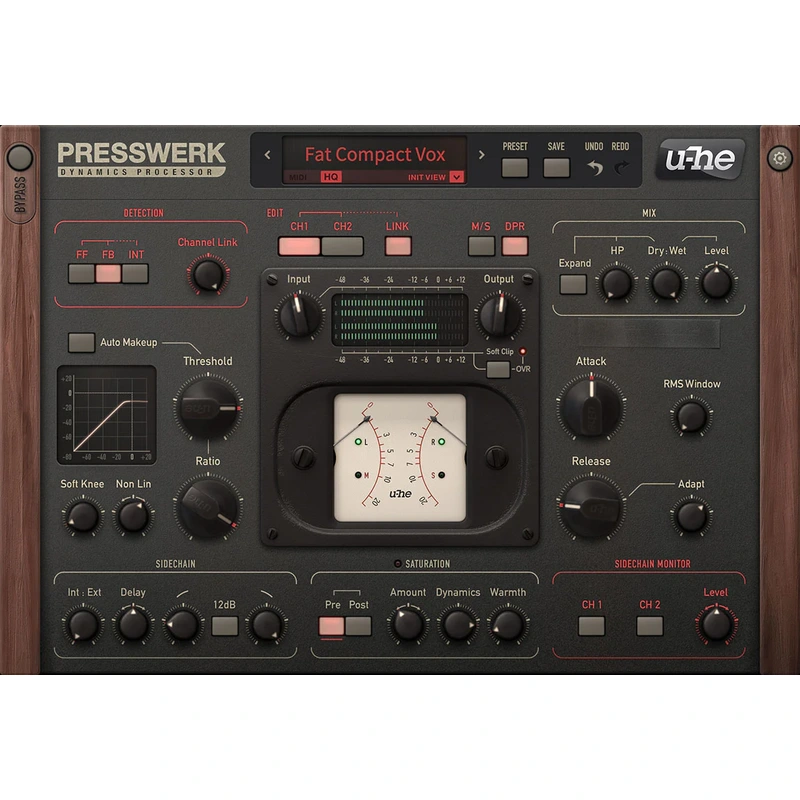
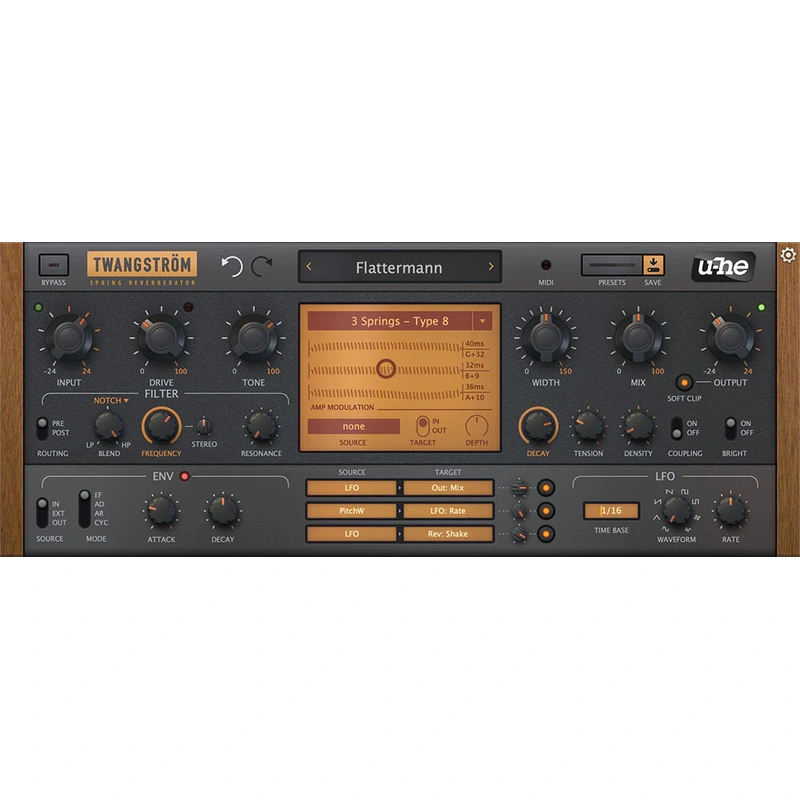
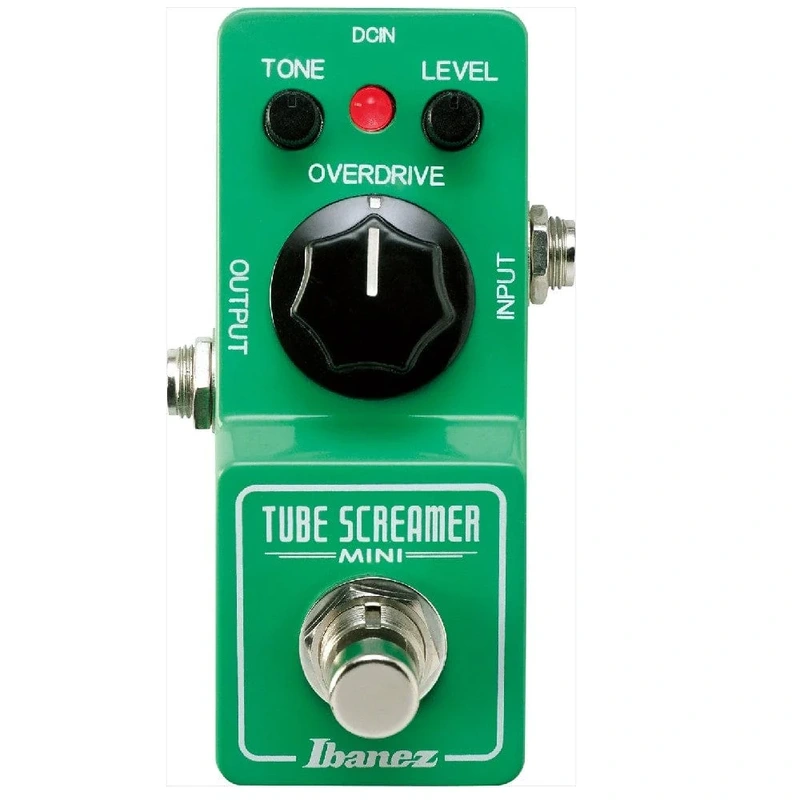
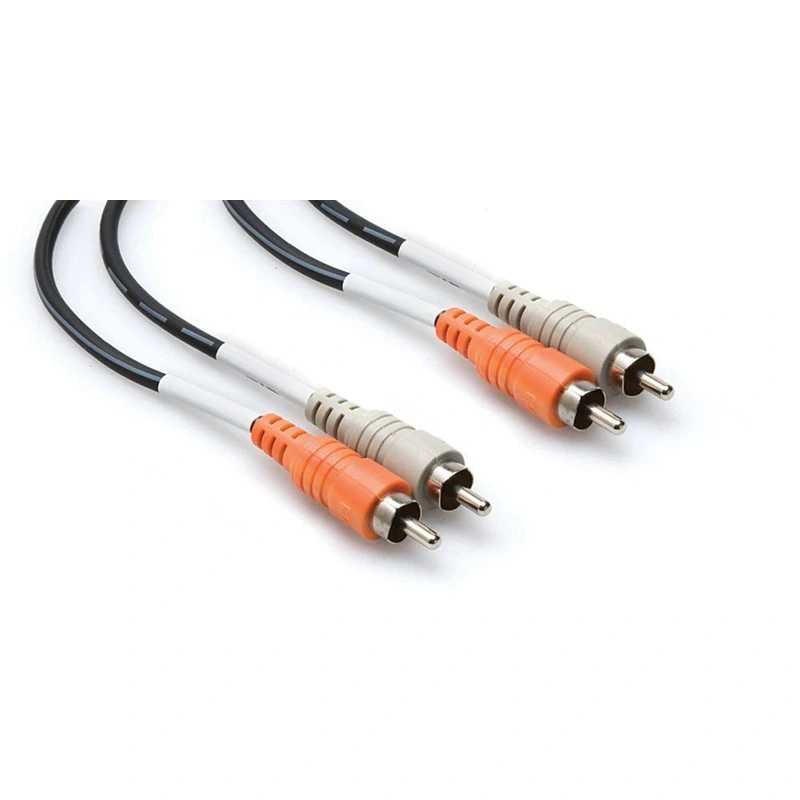
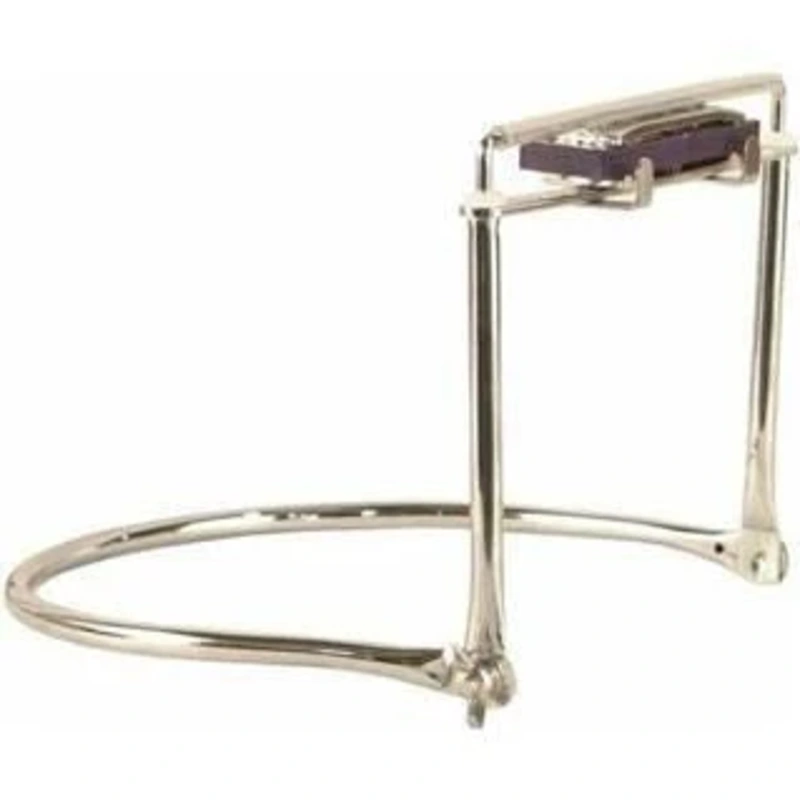

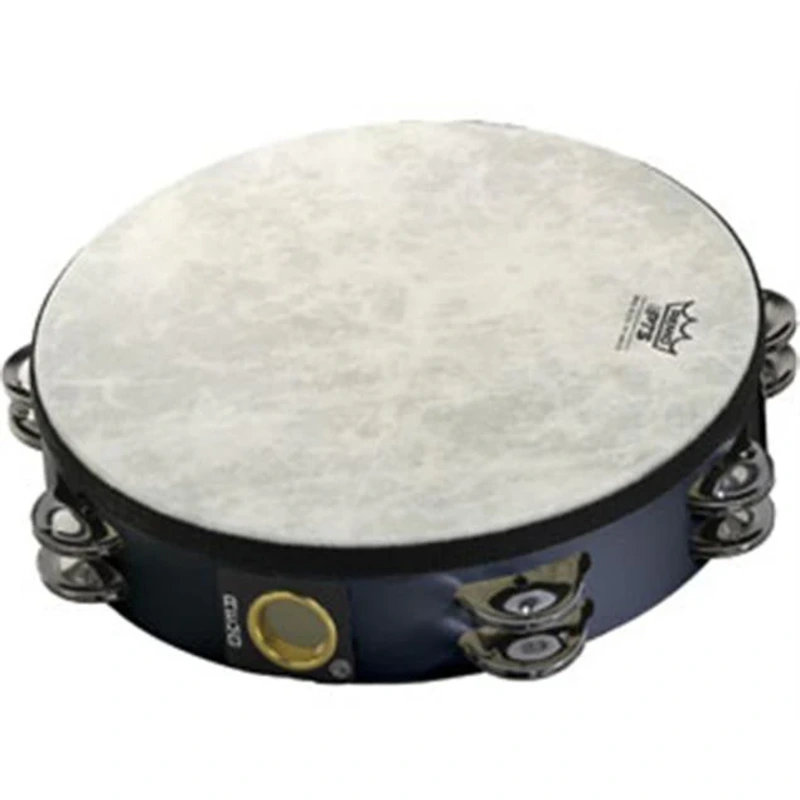
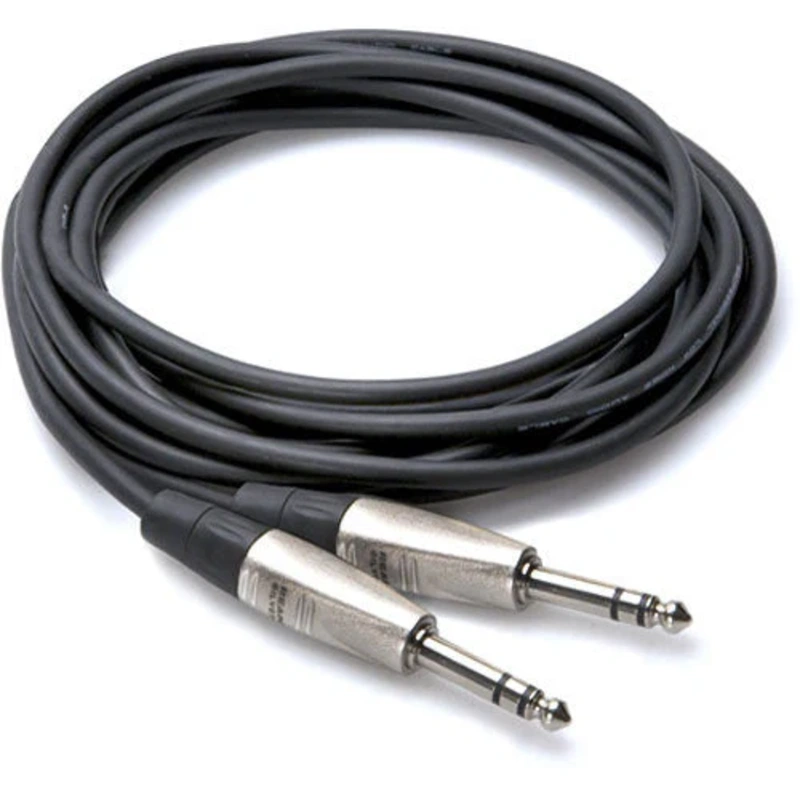
Reviews
There are no reviews yet.